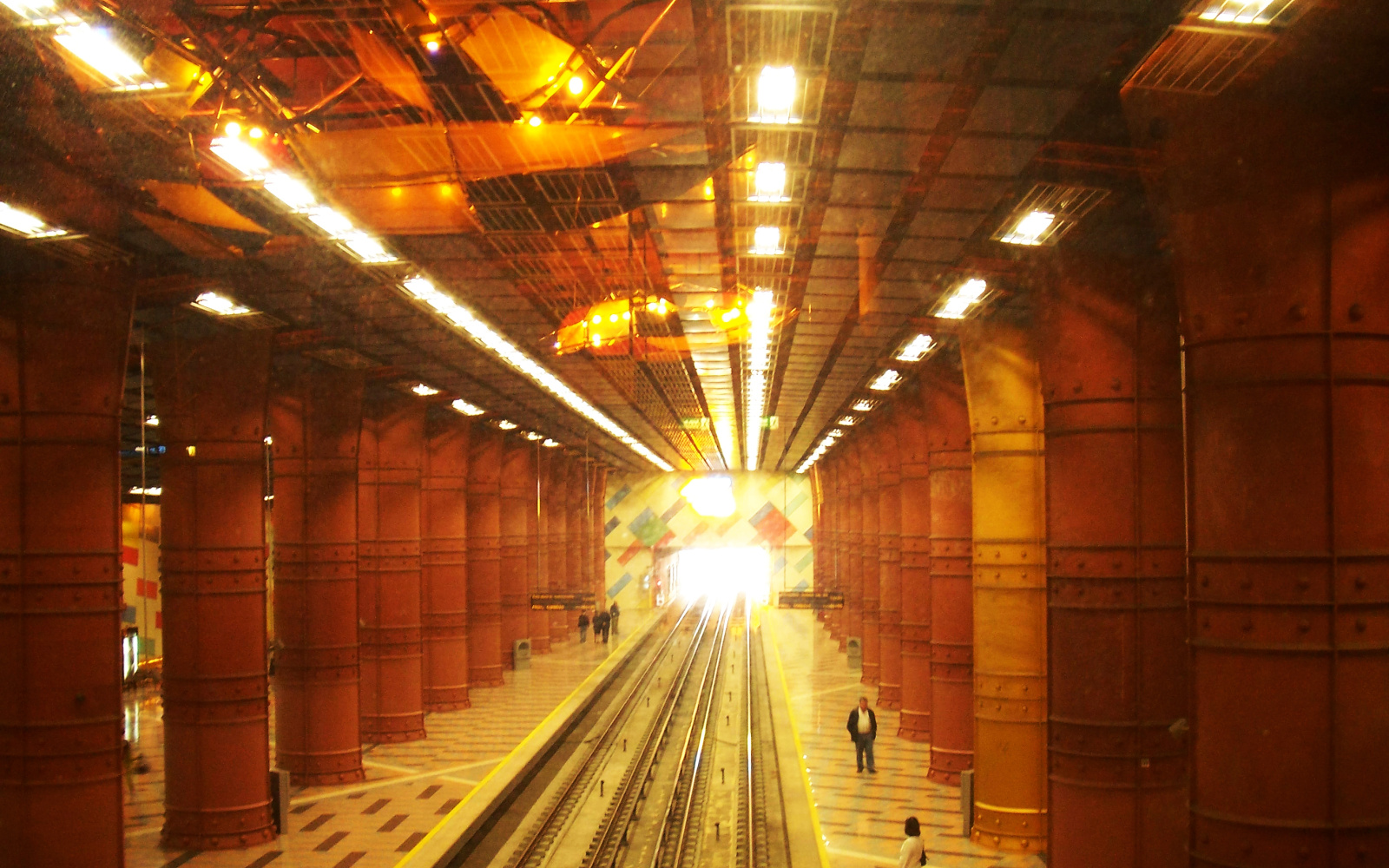Aténé Mendelyté
Mapping Film-World Relations to Reality: A New Conceptual Cartography
In order to distinguish various film-worlds among themselves and from our intersubjective, shared reality I propose to introduce two parameters: warpedness and enfoldednes. The various ratios between these two parameters serve to create what I call »the film-world map«. The time-imageʼs embeddedness within the temporal dimension is what I mean by strong enfoldedness. A world that is enfolded is a layer hidden within the intersubjective world and has to do with the manifestation of the virtual aspects of the corresponding reality, its intensity. Warpedness, on the contrary, is related to extensity, the actual and the material reality. A world that is strongly warped is an alternative world such as many fantasy or science fiction film-worlds. These parameters and their ratios can vary; worlds can be enfolded and warped to varying degrees. In my talk I shall discuss my mapping out of the possible manifestations of the various types of (post-)Deleuzian images and explain their film-world cartography. For instance, the neuro-image shares its territory with all the other types of images, which means that its world-making is the most flexible. The movement-image and the time-image are shown to be the opposites because they do not have any territories in common. The reason is that the time-image is an inverted movement-image since in the former movement is subjugated to time and in the later the opposite is the case; movement is linked to extensity, whereas temporal complexity is linked to intensity, which unavoidably leads to very different warpedness-enfoldedness ratios.
Aténé Mendelyté is a PhD student in film studies at SOL, Lund University. She is working with American avant-garde films in relation to (post-)Deleuzian film-philosophy, film-world creation and mental aesthetics. Previously, she has worked with Samuel Beckett's television plays as well as his theatrical notebooks, concentrating on either film-philosophical or intermedial aspects of his works. She also did some research on William Butler Yeats's Noh plays, attempting to unmask their Romanticist nature. Currently Aténé is interested in various forms of media and artistic expression, (primarily continental) philosophy and most of all the »profounds of mind«. She has studied at the University of Amsterdam (the Netherlands), Vilnius University (Lithuania) and University College Cork (Ireland) and has a BA in English (2009), an MA in Intermediality (2011) and an RMA in Media Studies (2012). Aténé has published articles and a book chapter on several subjects such as film, television, theatre, philosophy and music. Her most recent publication is an article on television-philosophy in »Film-Philosophy« journal (2015, volume 19). She taught film and media theory and avant-garde film at master and bachelor level university courses.
